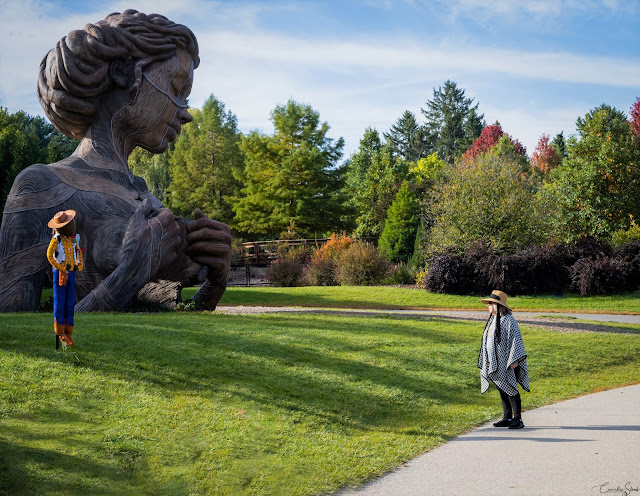"Simply put, there's a school of thought that multiple subjects in a shot are more pleasing if there are an odd number of them, as opposed to even. Think 3, 5, 7, etc.. The number "one" is technically odd, but I don't think that's what this "rule" is referring to."
Extra Challenge: Street Photography implementing the rule of odds.























Very much like the first 2
ReplyDeleteThanks Peter 😊
DeleteFunny you should have this challenge because I was thinking about this very "rule". This week I bought some mini pumpkins as decoration, but realised my mistake when I got home. I had bought 4. Normally I buy an odd number. Anyway, I arranged them as a pyramid, 3 topped by one and the effect was to turn an even number odd because it worked. So maybe an even number of leaves placed in two odd groups would work. Like a 5 and a 3.
ReplyDeleteI would say that is stretching the rule but then again, this "art" is not based in science therefor why not stretch it. Which is why it is called art.... does this sound like "catch 22"?
DeleteThere's an art to knowing how to break the rules.
DeleteThere sure is and thankfully, again, it's art and not science 😉
DeleteLoved the leaves and the lanterns. The last one doesn't fit, to my mind, because of the distance of the woman on the footpath. There is, physiologically speaking, some truth to the "rule of odds". It is harder for our brain to find a "middle" or a "center" in even numbered subjects, part of the conundrum of the stereo binocular vision of sight hunters. The "odd" forms the target - try it some time, not necessarily in sighting prey, but in isolating a subject without a camera.
ReplyDeleteI had to read your comment twice and scroll up again to see what you mean. I think I understand what you are saying but it will take a while for me to actually wrap my head around it. Innitially I was going to post a photo of a singular item...thinking "one" is an odd number so..... then I read the site instruction again and realized "one' does not fit the rule of odds.
Delete